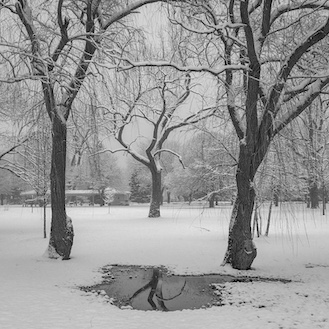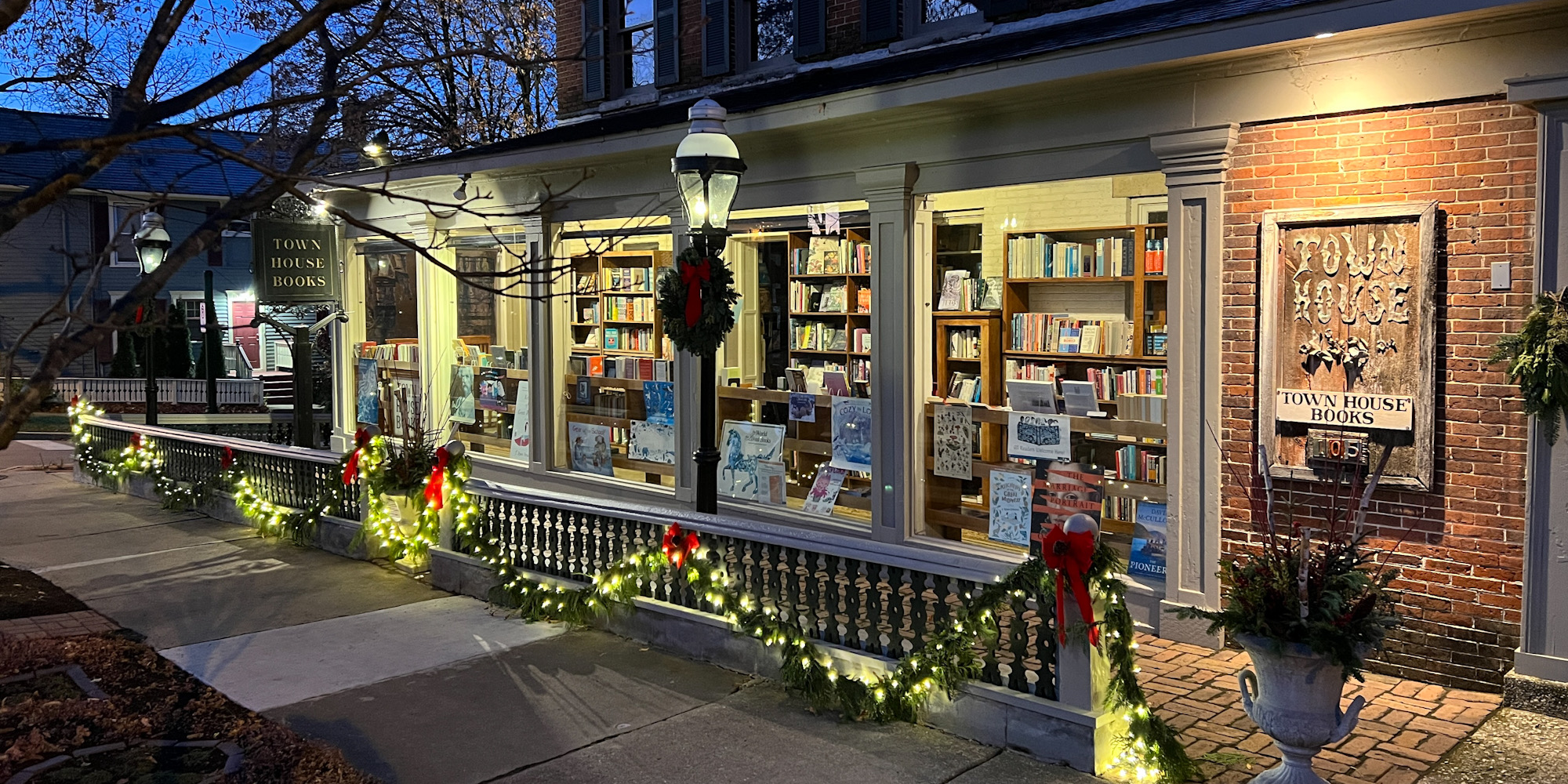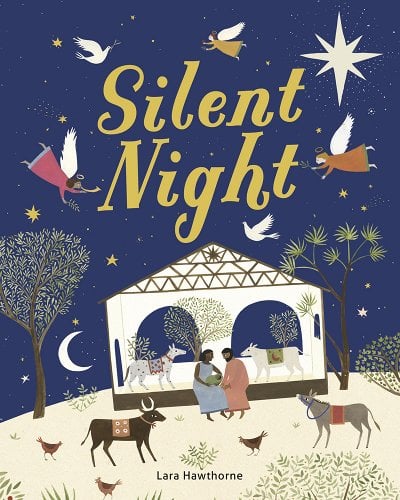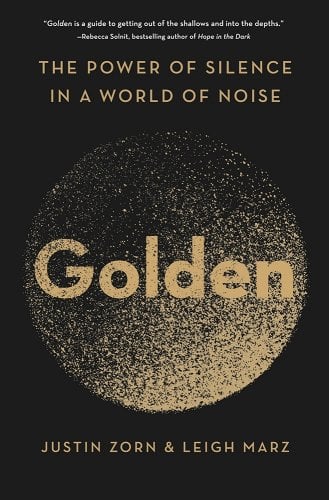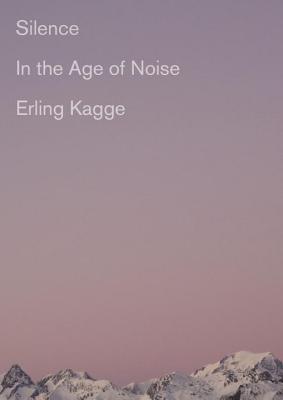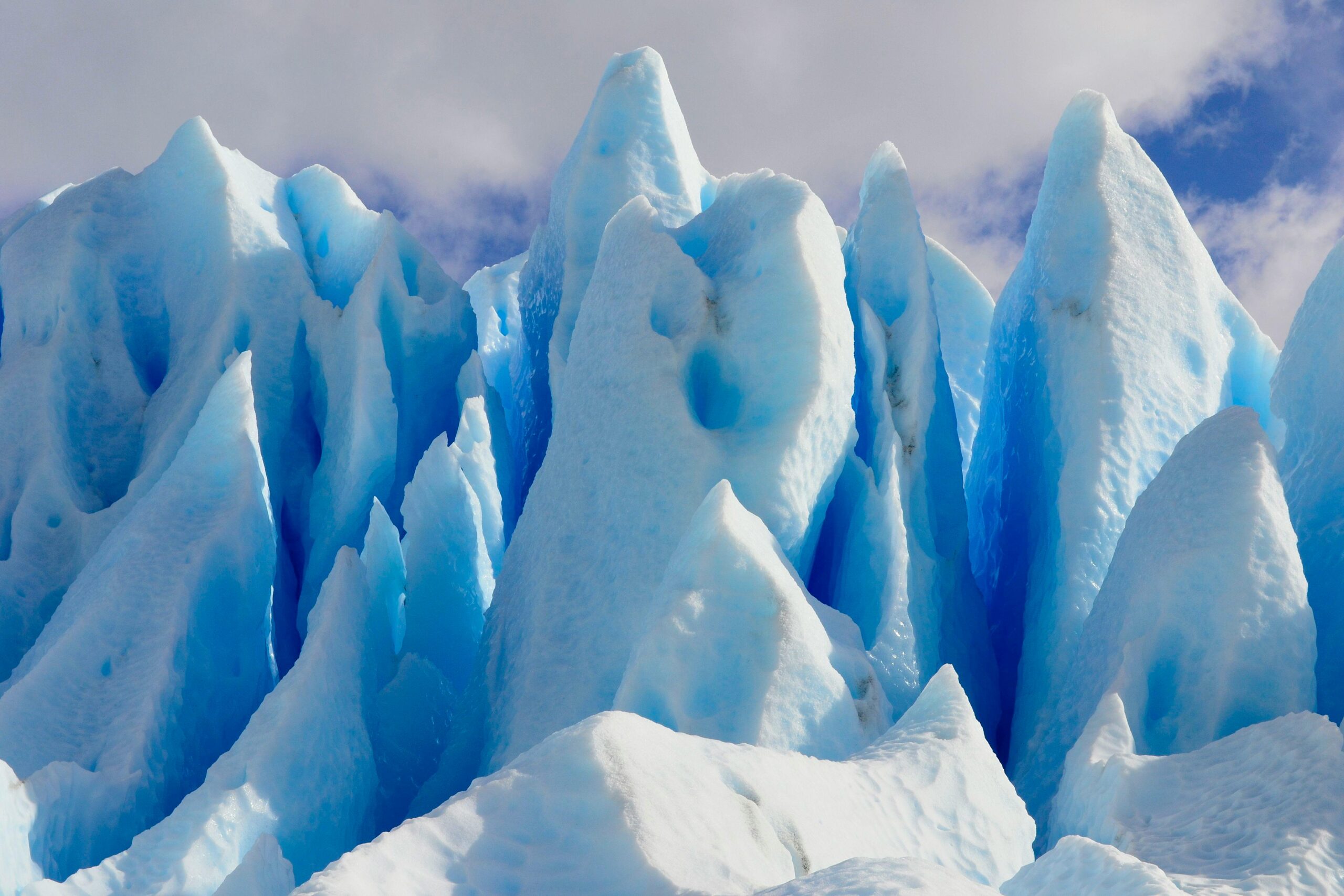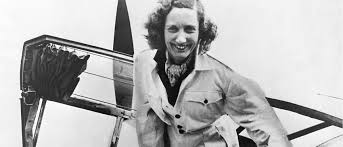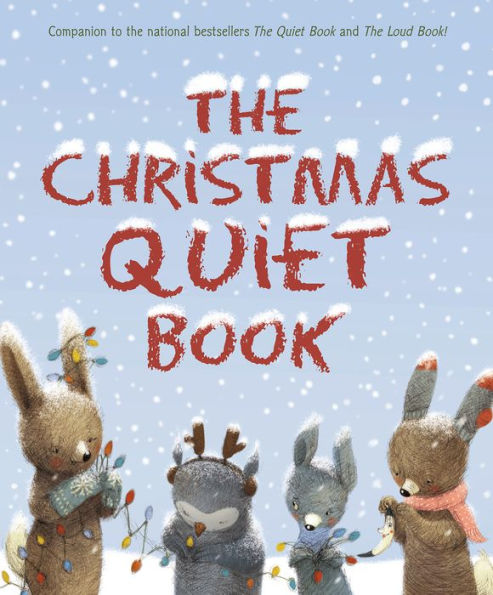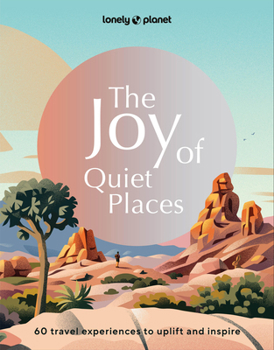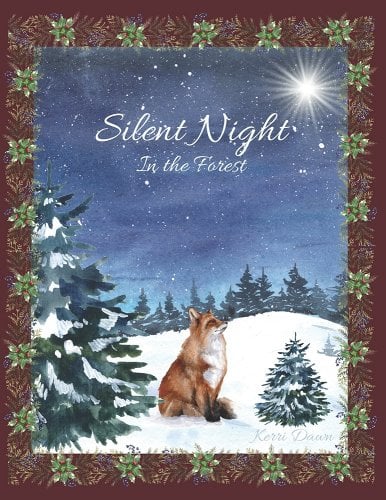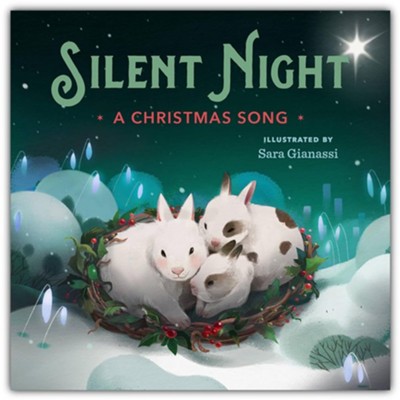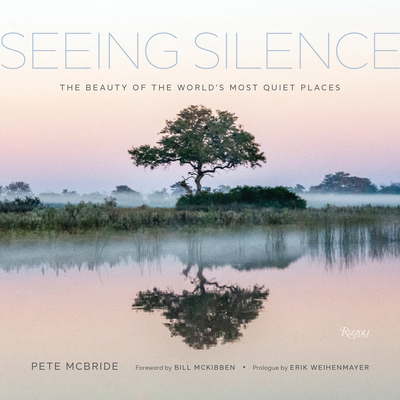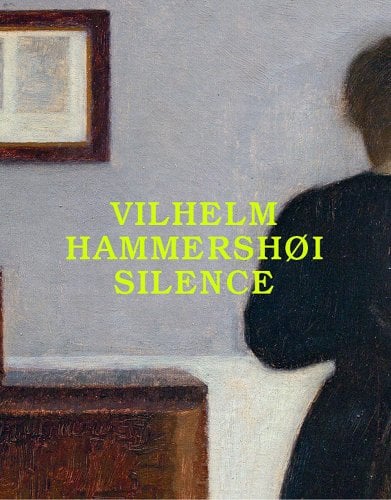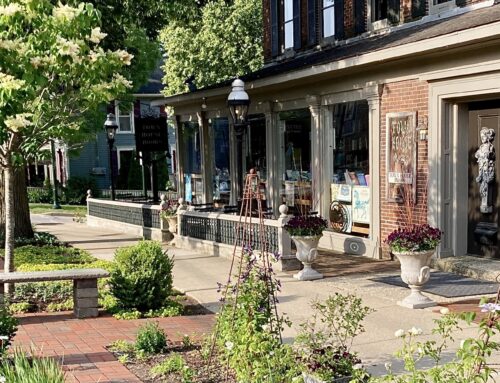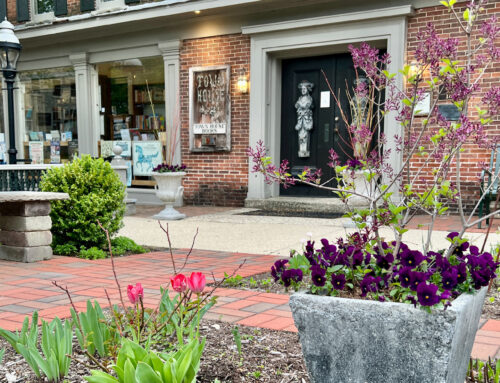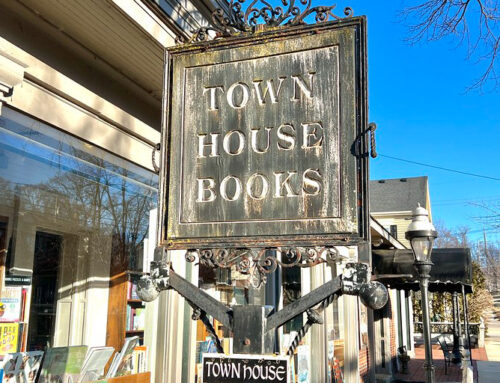Silent Night, Calm & Bright
The world was quiet.
It was the dark,
deep quiet that comes
when the world is at rest.
–Amanda Peters, The Berry Pickers
The story goes that it was Christmas Eve, 1818, when the carol we know and love as Silent Night was first performed as Stille Nacht Heilige Nacht at St. Nicholas’ Church in Oberndorf, Austria. It was written by a young priest named Joseph Mohr, who reportedly had gone out for a solitary walk, and looking out over a quiet, wintry town, had composed the lyrics to what has become a beloved part of our holiday tradition.
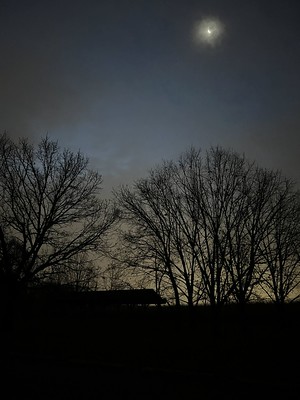
Silent night, holy night, all is calm, all is bright. So the song says, but as many of us know, the holidays, while full of delightful gatherings and the joy of giving, can become overwhelming if there is no moment for a hushed walk in the half-light silk of dawn, or a quiet conversation with a true intimate.
Mrs. Dalloway is always giving parties to cover the silence.
-Virginia Woolf, Mrs. Dalloway
Authors like Justin Zorn & Leigh Marzand in Golden: The Power of Silence in a World of Noise and Susan Cain in Quiet: The Power of Introverts in a World That Can’t Stop Talking, point out that our culture often fails to value the importance of quiet, both in our surroundings and as a quality in human nature. Zorn cites that “Globally, the World Health Organization now ranks noise pollution as second only to air pollution in terms of costs to human well-being.”
In Silence in the Age of Noise, Erling Kagge, the Norwegian explorer known, among other things, for making the first unsupported solo expedition to the South Pole, explores many aspects of solitude and quiet.
Silence in itself is rich. It is exclusive and luxurious. A key to unlock new ways of thinking. I don’t regard it as a renunciation or something spiritual, but rather as a practical resource for living a richer life.
-Erling Kagge
Another explorer/adventurer who was famous for solitary achievements was aviation pioneer Beryl Markham. In 1936 she became the first person to fly solo, non-stop across the Atlantic from Britain to North America.
For anyone interested, there was a fictionalized account of Markham’s life depicted in the 2016 novel, Circling the Sun.
In her 1942 memoir, West With The Night, Markham writes beautifully about silence:
There are all kinds of silences and each of them means a different thing. There is the silence that comes with morning in a forest, and this is different from the silence of a sleeping city. There is silence after a rainstorm, and before a rainstorm, and these are not the same. There is the silence of emptiness, the silence of fear, the silence of doubt. There is a certain silence that can emanate from a lifeless object as from a chair lately used… Whatever the mood or the circumstance, the essence of its quality may linger in the silence that follows. It is a soundless echo.
-Beryl Markham
Perhaps there is a beneficial contrast between the calm self-possession of solitude and the spirited bustle of holiday celebration. Early morning or very late at night on a holiday can be one of the best times for undisturbed quiet, while the household is asleep and the activity of the outside world is hushed.

Artist Judith Reeve reflects that in art, the term contrast is used to describe the arrangement of opposite elements (light vs. dark colors, rough vs. smooth textures, large vs. small shapes, etc.) so as to create visual interest, excitement and drama. Eugène Delacroix’s work is a great example of this.
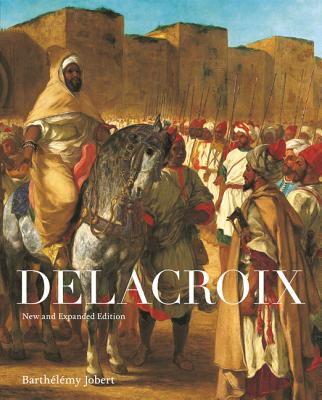
Delacroix’s use of color and contrast was influential on later modernists such as Van Gogh and Seurat. Delacroix believed that the greater the contrast, the more brilliant the effect. He observed this phenomenon in nature and applied it to his paintings.
One sits down on a desert sand dune,
sees nothing, hears nothing.
Yet through the silence
something throbs, and gleams.
–Antoine de Saint-Exupéry, The Little Prince
As in art, so in life—contrast is at the heart of it. Over and against the fervor of holiday preparation and joyous revelry, there are the snow falls that seem to mute sound, and the hushed pull of silky starry skies.
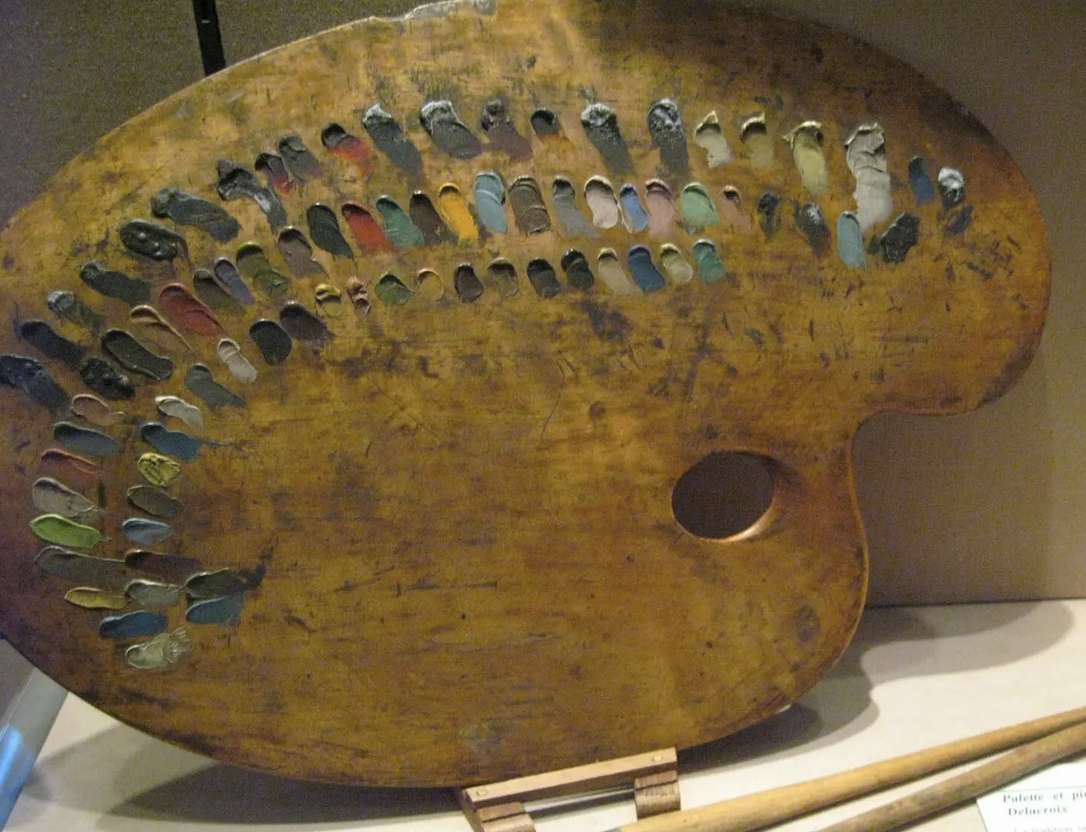
To become a human
being is art.
–Novalis
Maybe somewhere between Mrs. Dalloway’s too many parties and the solitary silence of Joseph Mohr, between Jingle Bell Rock and O Holy Night—somewhere wrapped up within these contrasting experiences we may encounter the beauty of the season and the artfulness of our own lives.
Happy Reading!
